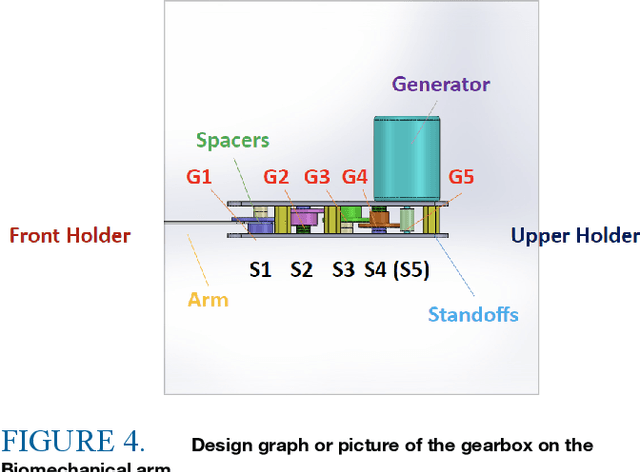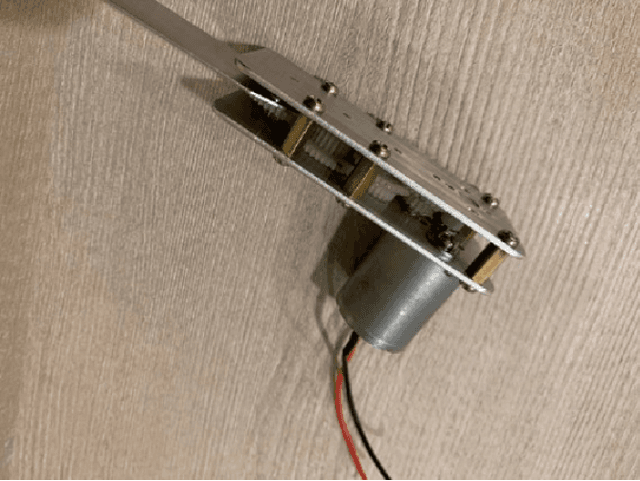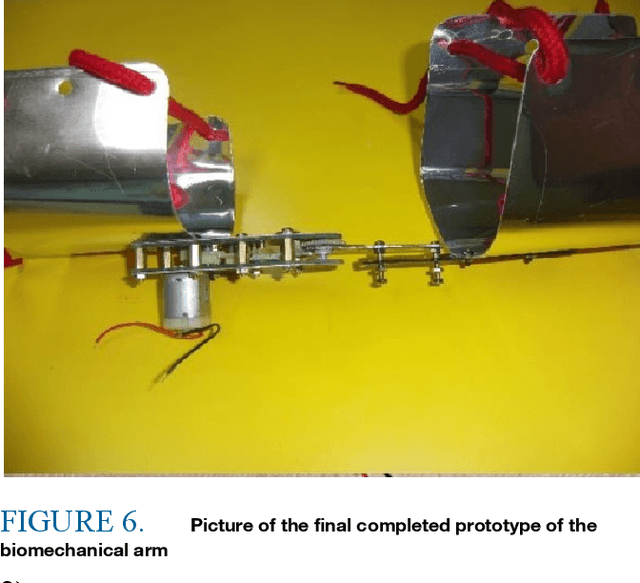Design and Performance Evaluation of an Elbow-Based Biomechanical Energy Harvester
Paper and Code
Oct 11, 2024



Carbon emissions have long been attributed to the increase in climate change. With the effects of climate change escalating in the past few years, there has been an increased effort to find green alternatives to power generation, which has been a major contributor to carbon emissions. One prominent way that has arisen is biomechanical energy, or harvesting energy based on natural human movement. This study will evaluate the feasibility of electric generation using a gear and generator-based biomechanical energy harvester in the elbow joint. The joint was chosen using kinetic arm analysis through MediaPipe, in which the elbow joint showed much higher angular velocity during walking, thus showing more potential as a place to construct the harvester. Leg joints were excluded to not obstruct daily movement. The gear and generator type was decided to maximize energy production in the elbow joint. The device was constructed using a gearbox and a generator. The results show that it generated as much as 0.16 watts using the optimal resistance. This demonstrates the feasibility of electric generation with an elbow joint gear and generator-type biomechanical energy harvester.
 Add to Chrome
Add to Chrome Add to Firefox
Add to Firefox Add to Edge
Add to Edge